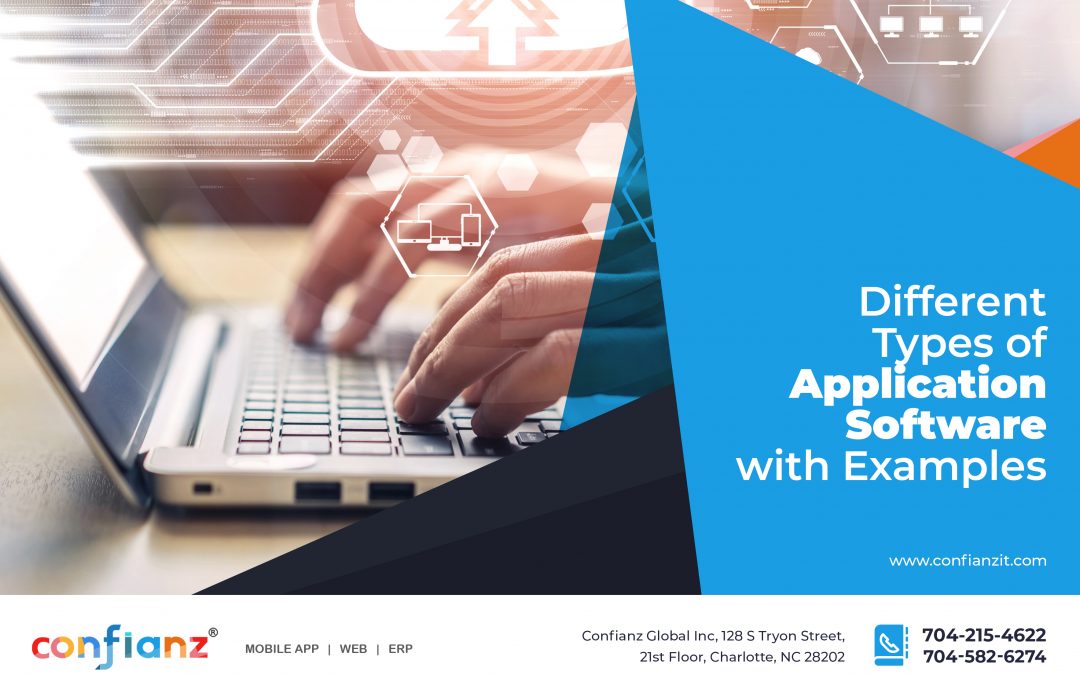You’re likely already familiar with software and its functions. But why are there so many different types of software, and what do they all do?
Today, there are many different software types that are designed to perform specific functions. This is great for finding software to solve niche problems, but it can confuse things when trying to figure out the best type of software to use for your business.
If shopping for software has you feeling like you’re learning a new language, don’t worry. We’re here to help!
Today we’re bringing it back to basics with an overview and complete breakdown of application software. We’ll share examples of each primary type to help you figure out which one(s) you need for your business.
What Is Software?
To understand what application software is, we need to step back and see what software is and the different types.
Software is a set of instructions for a computer to follow. It is important to note that the instructions are not stored in the computer’s memory but on a storage device such as a CD-ROM, hard drive, or USB stick.
This is in contrast to hardware, which refers to computers’ actual nuts and bolts. Essentially any component of your computer that you can touch is hardware, while software is what tells it how to run.
Software is often developed independently from hardware or other technologies and then installed on computer hardware or another electronic device.
Software can be divided into three types:
- Applications Software: Applications software programs run on your computer and perform tasks such as word processing, web browsing, or photo editing. These programs are usually purchased from an online store or downloaded for free. You’ll need to install them onto your computer to access them.
- System Software: System applications control how your computer runs by providing essential system services and resources to other applications software. These programs usually come preinstalled on new computers–though you can sometimes replace the operating system currently on your computer. These types of software include operating systems (OS), firmware (BIOS), device drivers, and utility programs such as anti-virus utilities and disk utilities.
- Malware: Malware programs are designed to perform harmful functions on the device they infect, such as transmitting personal information from your computer or slowing down performance. The term malware is often used to refer broadly to any software program that performs a malicious function on its host system, in contrast to software intended for benign purposes.
What Is Application Software and How Is It Different from System Software?
Now that we’ve established what software is and the broad types let’s dive into application software.
Applications are software that you can install on your computer, tablet, or phone. While operating system software is more concerned with your computer’s ability to perform essential functions (like turning on and displaying graphics), application software focuses on the user and solving the specific challenges they face.
Application software can’t run independently of system software. It depends on the toolkit and resources that system software provides. This type of software is designed to help users do everything that you associate with a computer, from managing finances to writing documents and editing photos.
3 Types of Application Software
The other big difference between the two types of software is the number available. You can probably think of the most prominent players in system software off the top of your head: Windows and Apple, with Linux as a less popular alternative. While there are quite a few others, it’s still possible to list them.
In contrast, it would be impossible even to get a ballpark figure of how much application software there is currently available. That’s because system software is all-encompassing and often comes packaged with hardware. In contrast, application software can be any size and any level of complexity.
That diversity and quantity are why applications need to be understood in broad categories.
Application software can be broken down into three main categories: internet applications, office applications, and entertainment applications.
However, under those broad categories are many different types of software, each with their own purposes and use cases. Some even fall in two or more of these categories.
You can get as granular as you’d like in creating categories of application software. Still, these three categories serve as an excellent start to understanding what application software can do.
Internet applications
Web browsers are programs that allow users to browse the internet. They display web pages, interpret and execute scripts, and facilitate user interaction with websites. Web browsers are used by billions of internet users worldwide.
This also encompasses programs that use the internet to connect people, such as video chat applications or email applications.
Examples:
- Chrome
- Firefox
- Skype
- Gmail
Utility applications
We’re using “utility” very broadly in this case to mean anything you could use for accomplishing a purpose (work-related or otherwise).
Office software like word and data processing, spreadsheets, and presentation functions fall under this category. But so do programs that allow for more artistic expression, like photo editing or design software.
Examples:
- Microsoft Word
- 7zip
- Photoshop
- ERP software
Entertainment applications
Anything not covered by office applications can be categorized as entertainment (unless you use Excel for fun).
Entertainment applications are intended for amusement and diversion. This means programs that play music, show movies, let you play games, and the list goes on.
Examples:
- iTunes
- Steam
- VLC Media Player
Conclusion
We have application software to thank for practically everything we do on our computers every day. Understanding the categories of application software can help you understand the potential your computer holds. Just remember that under the three categories of internet, utility, and entertainment applications are thousands of programs that can improve your digital experience.
If you’re looking to create an application but don’t know where to start, Confianz can help! We can help you develop the application software you and your target market have been dreaming of.
Confianz Global Inc. develop custom software application according to your business requirement. We help organizations with their web & mobile application development needs.
So contact us today for your Custom ERP/Software/mobile/web app development needs!







